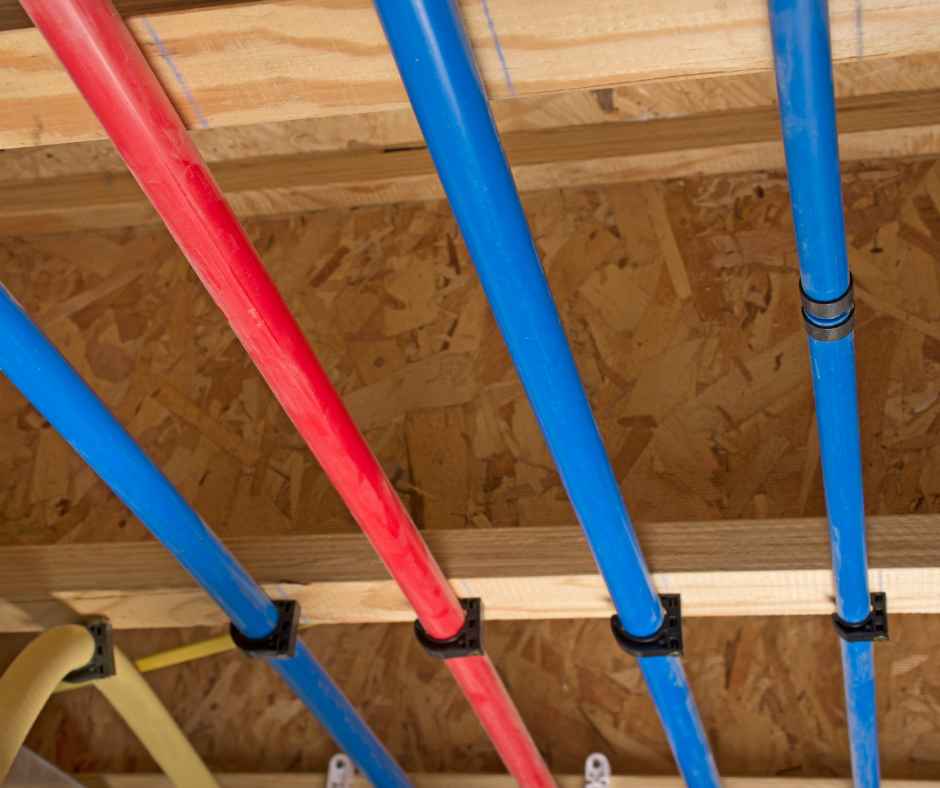the East Side & Beyond!
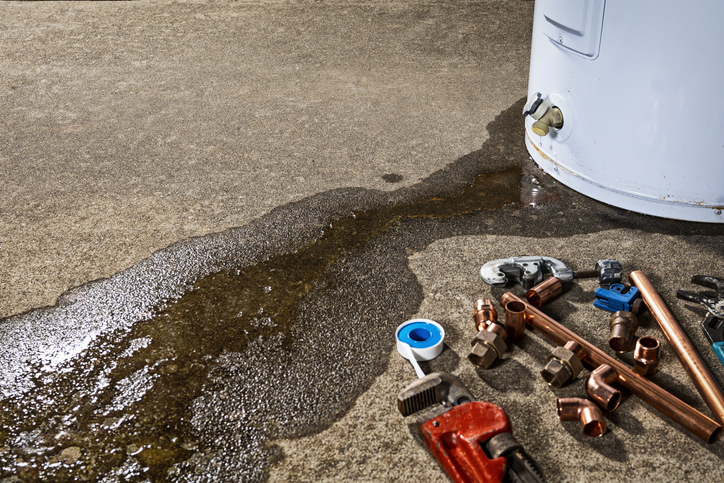
7 Tank Water Heater Problems You Should Never Ignore
January 30, 2020
When your water heater stops working, it disrupts your entire household’s routine. Fortunately, there are usually some warning signs that you can spot before a complete breakdown occurs.
If you spot any of the “red flags” listed below, it’s time to call a plumbing professional.
1. Sediment Coming Out with Hot Water
As time passes, sediment builds up on the bottom of all tank water heaters due to naturally occurring minerals in the water, like calcium and magnesium. This can cover the lower heating element in the tank, which then decreases your water heater’s efficiency. Allowing sediment buildup to go on unchecked can also make your water heater tank corrode more quickly and reduce its capacity.
To keep sediment issues at bay, it’s crucial to get your water heater flushed on a regular basis. While you can flush your water heater on your own, you run the risk of burning yourself with the scalding hot water inside of the tank if you don’t know what you’re doing. To prevent injury to yourself, you’ll want to contact a professional if you’ve never flushed your water heater on your own before.
2. Rumbling, Knocking, or Popping Sounds
This is another indication that your water heater is suffering from sediment buildup. The sediment that forms at the bottom of your tank traps water underneath it, right next to the heating element. The trapped water bubbles as it boils and will make a “boom” noise when it bursts through the sediment layer.
3. Leaking Water
Condensation on the tank should not worry you, but an actual leak requires a professional visit to repair it. If the leak is the result of excessive corrosion, you’ll need to replace your water heater. However, if the leak was caused by a bad cold-water inlet valve, heater drain valve or T&P relief valve, it can be easily fixed.
4. Circuit Breaker Trips Multiple Times
It’s not unheard of for a water heater to trip a circuit breaker during a power surge. However, if the circuit breaker associated with your water heater continues to trip, you should have a plumber to inspect the problem. There may be an issue with the water heater’s heating element, the thermostat, or the wiring. If the plumber’s inspection reveals no problems with the unit, call an electrician to check the electrical connections and the circuit.
5. Too Little Hot Water
There could be several reasons why your water heater is unable to keep up with your hot water demands the way it used to. Often, the unit is simply near the end of its lifespan (around the 10-year mark) and will need to be replaced in the near future. In other cases, the thermostat might be set too low, in which case you only need to adjust the temperature to a higher one. If this does not fix the issue, you may need the thermostat replaced. Excessive sediment buildup might also be the problem.
6. Reddish-Brown Water
Rust-colored hot water usually means that corrosion is taking place inside the water tank or that the unit needs a new anode rod. The anode rod’s job is to attract all of the little particles that would normally cause the inside of the tank to corrode. However, the anode rod can eventually rust through, which then allows the tank to develop rust. This is what gives the hot water an orange or reddish-brown tinge.
7. Visible Corrosion on the Tank
This is a problem that needs to be handled with urgency. In most cases, a water heater that is corroding needs to be replaced. Not only can corrosion lead to major leaks, but it weakens the tank’s structural integrity. In gas-powered water heaters, it also reduces the equipment’s efficiency.
Call The Plumbing Joint for Repairs
If you spot problems like these or suspect any other plumbing or drain issues, simply call the Plumbing Joint at (425) 279-7029 for help in Seattle, Tacoma, Bellevue, Renton, King County and many of thesurrounding areas.
Recent News
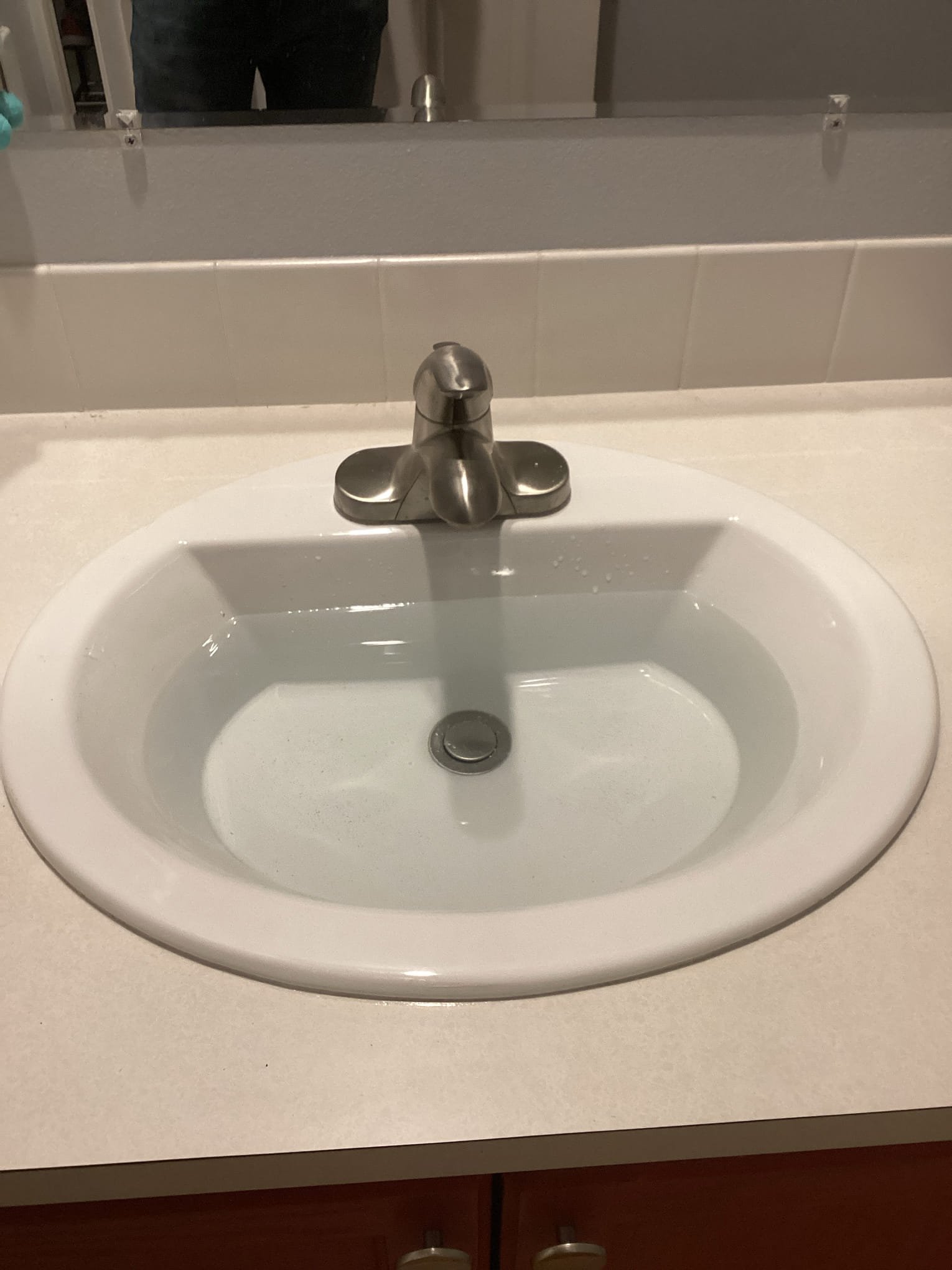
Why Does My Sink Gurgle?
January 10, 2025
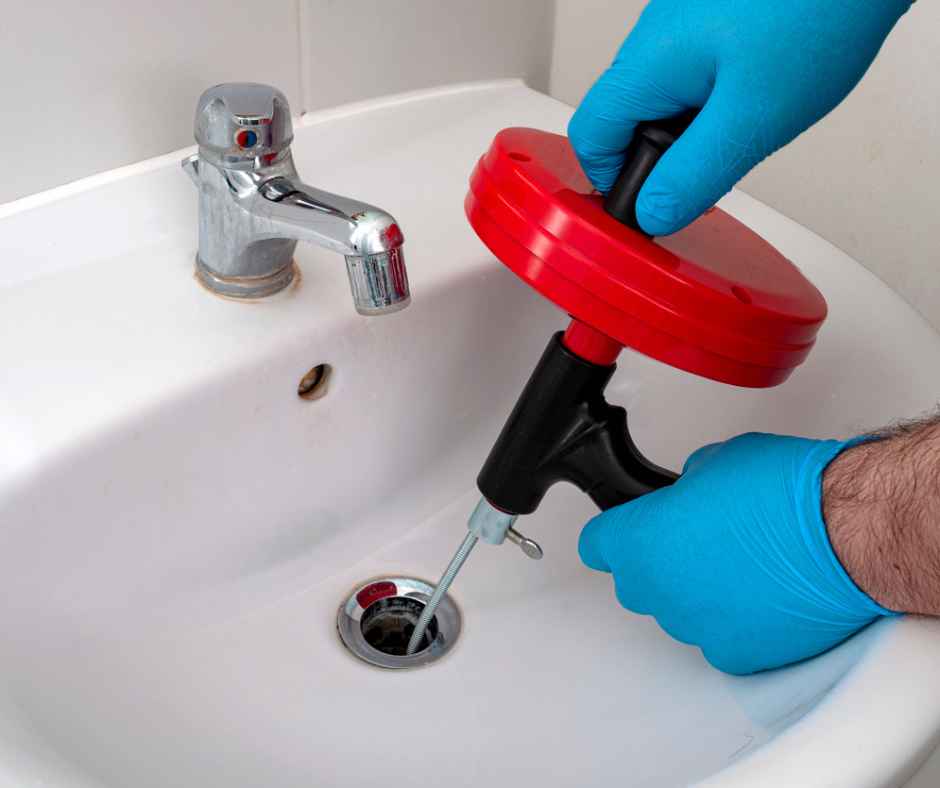
How to Use a Plumbing Snake
December 13, 2024
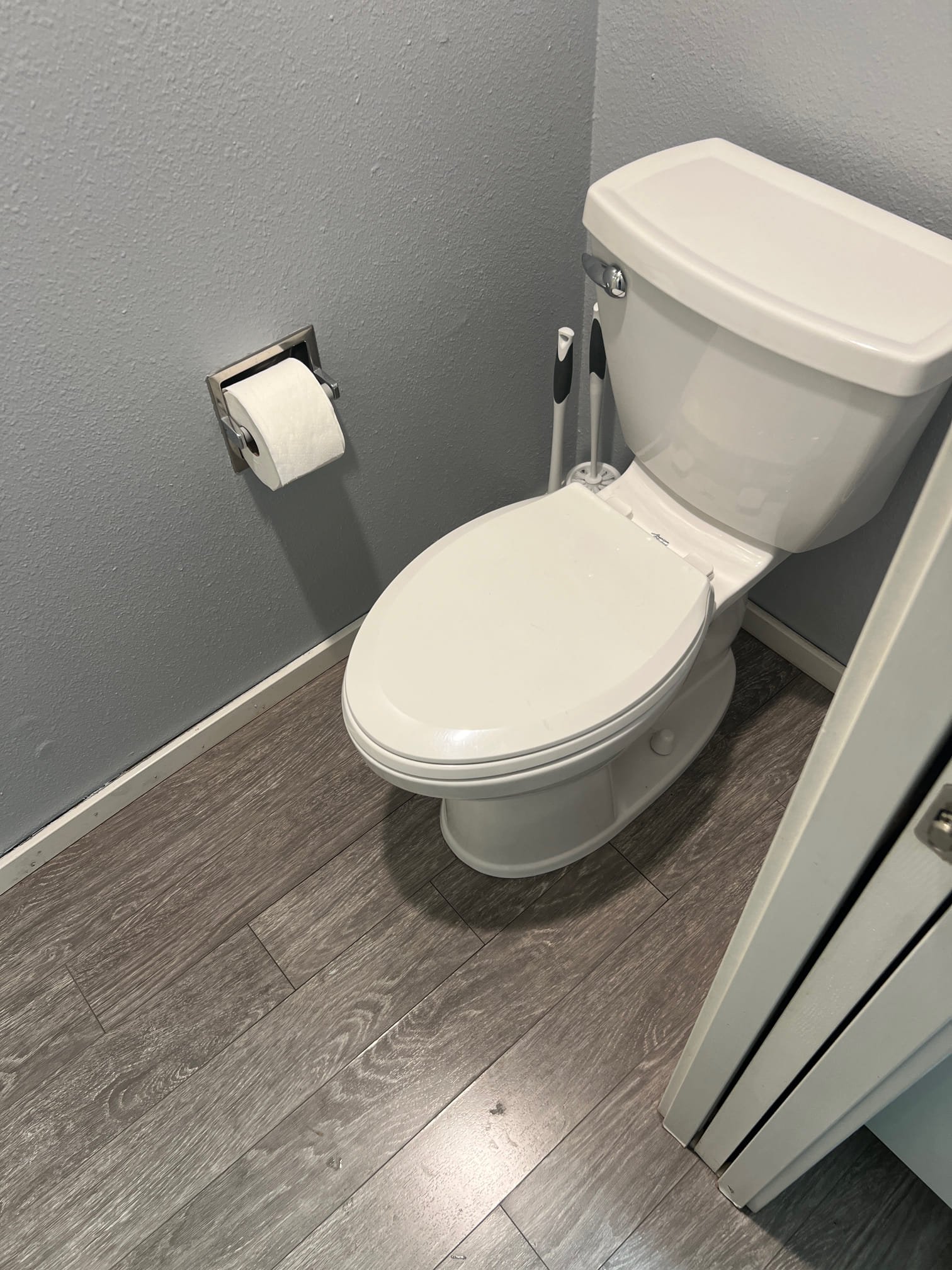
Toilet Sounds And What They Mean
November 7, 2024
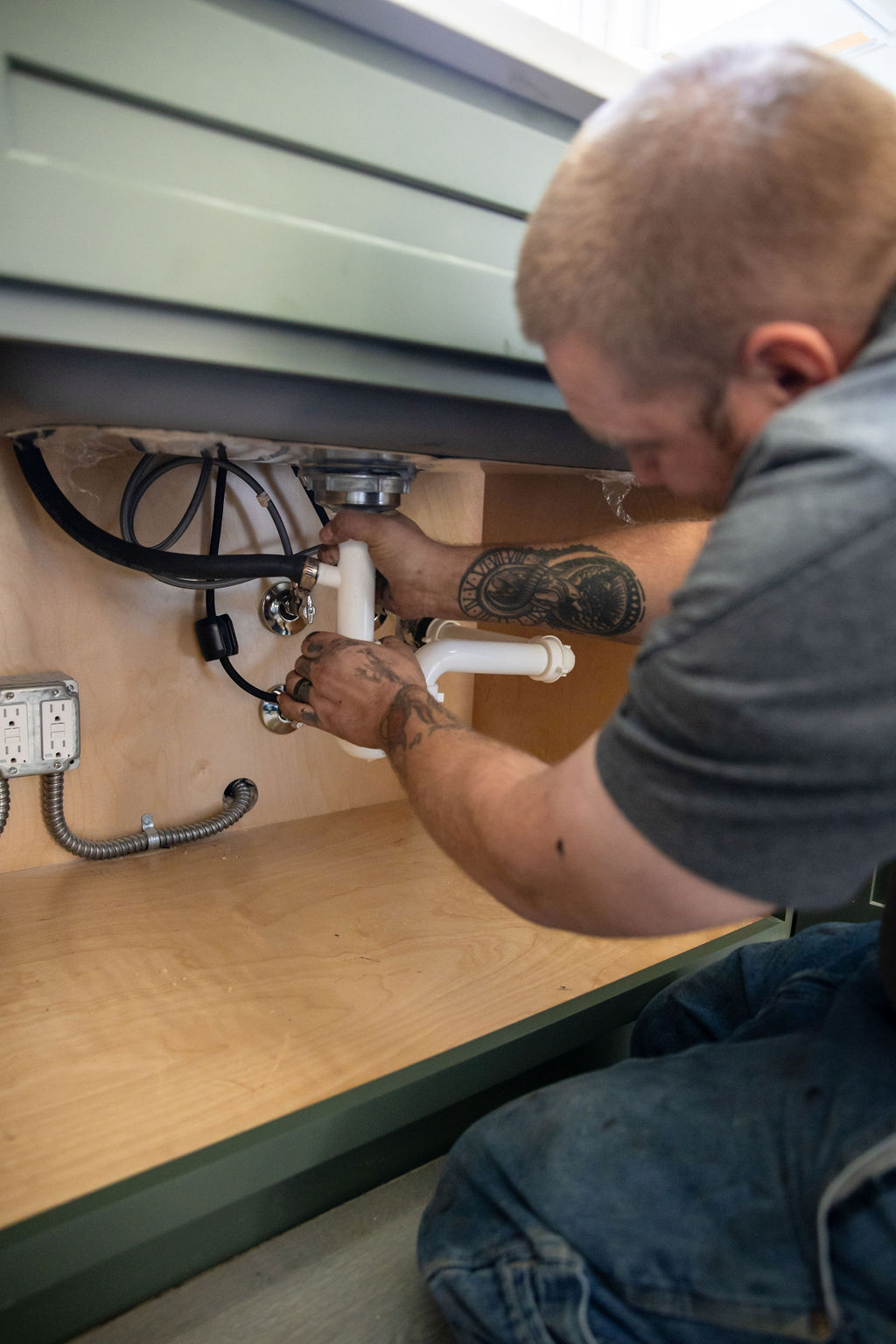
I Have Knocking Pipes When Water Is Not Running – Why?
October 10, 2024
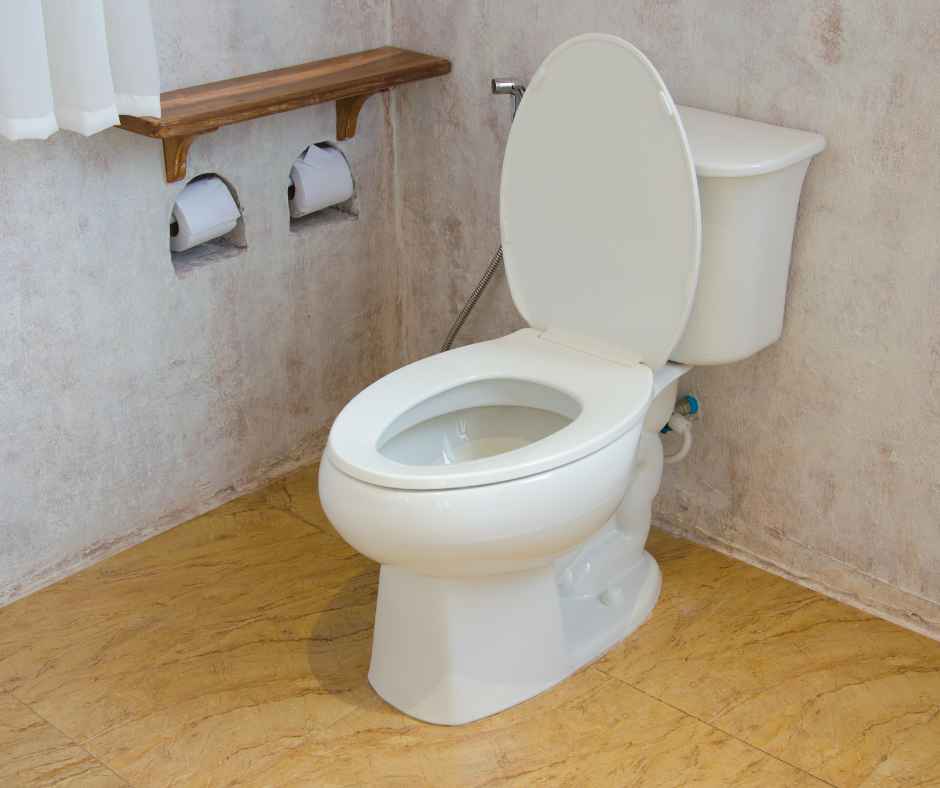
Why Is My Toilet Moving?
September 12, 2024

Are Drain Flies Harmful?
August 12, 2024
